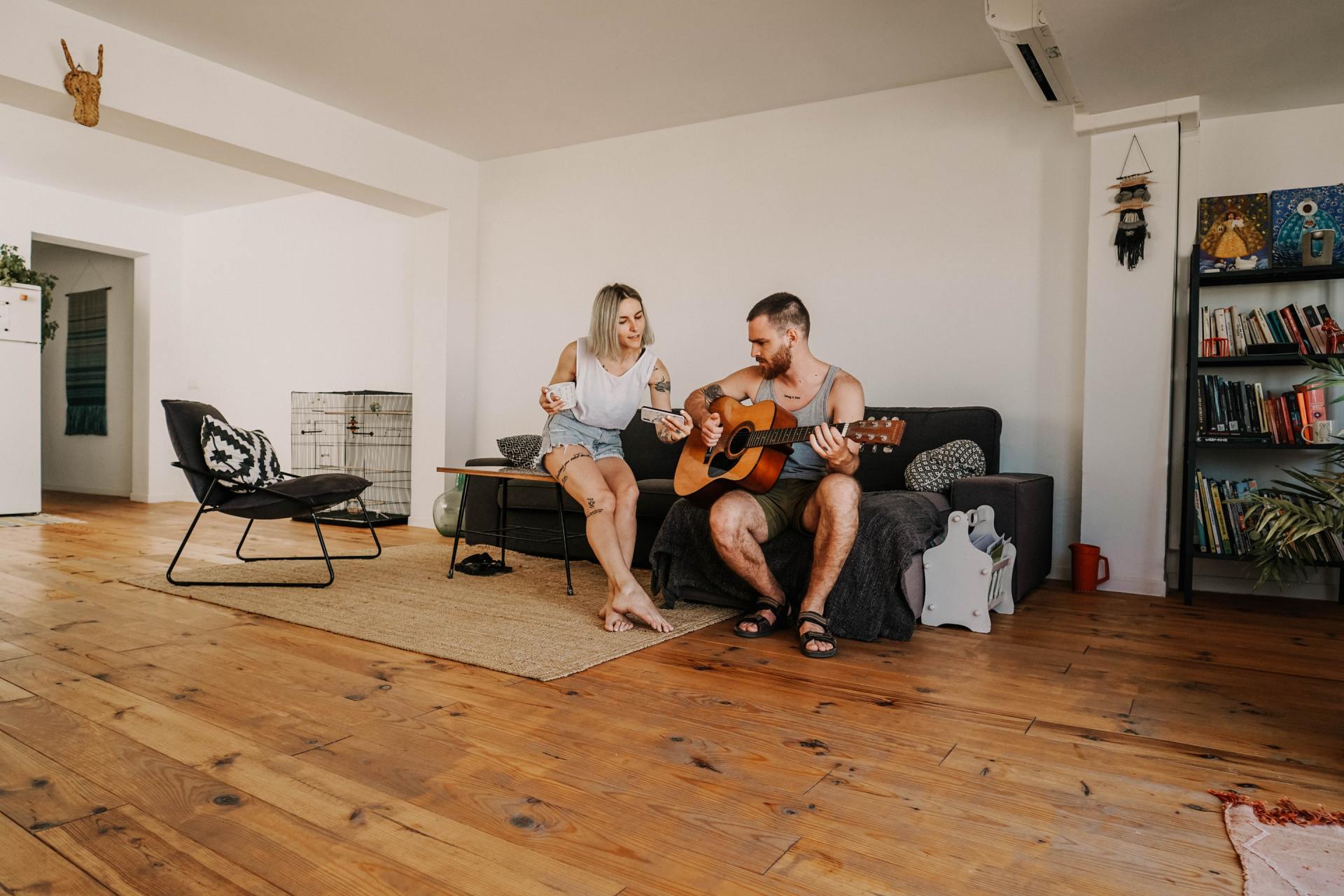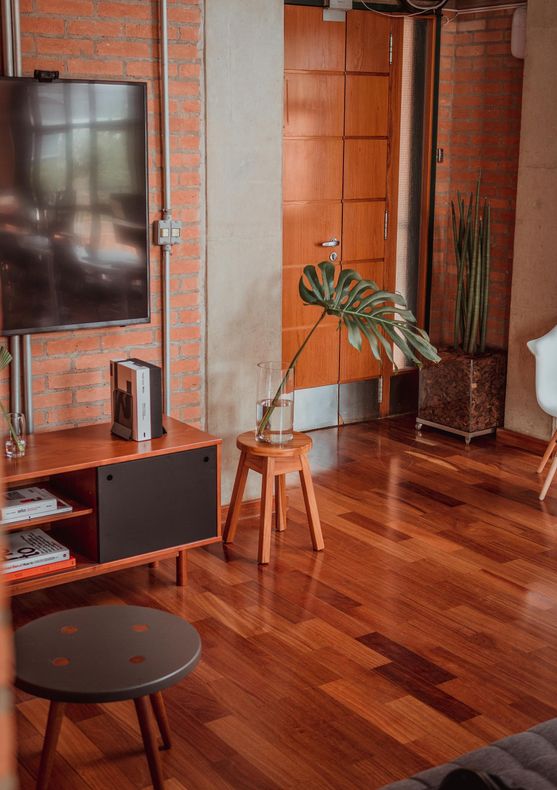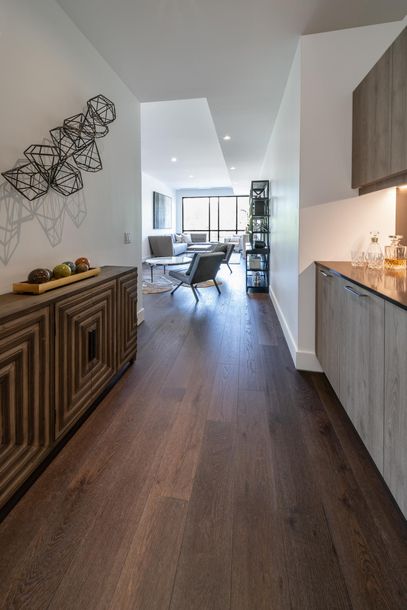Hardwood Flooring

Hardwood Flooring
Five Things You Need to Know
1. Wire Brushed finish:
This technique removes the softer parts of the wood leaving a beautiful and durable texture with a lot of character. This textured look is very forgiving when it comes to dents, dings, and scratches.
2. Oil finish:
Until recently most wood floors were finished with a polyurethane or aluminum oxide finish. This gives the wood either a high gloss or satin look. Both of these finishes are very durable, but their reflective quality has a tendency to show scratches. Homeowners with these types of floors often think they have scratched the wood when in fact it is the finish on top of the wood that is scratched. The increasingly popular oil finishes soak into the wood as opposed to sitting on top of the wood. Oil finished wood also results in more of a matte look. Both of these features mean that scratches are not as noticeable, and in fact will often blend in with the textured, wirebrushed look. So much so that they may not be noticeable at all. A small touch of tung oil will usually make a noticeable scratch disappear. A factory finished oiled floor is also low maintenance. The oil is applied and sealed through heat and/or UV lighting so that it penetrates deep into the wood and does not require additional applications of oil.

Wire Brushed

Also known as ‘smoked’ has been around since the late 1800s. The look is achieved by exposing the wood to ammonia fumes in an enclosed chamber (ammonia is not applied to the wood). The fumes from the ammonia react with the wood causing the tannins to be brought to the surface, thus darkening the wood. The longer it is exposed to the fumes, the darker it will become. This process changes the color of the wood all the way through, unlike a stained wood in which the color penetrates only the surface. This means that dents and scratches are less visible with a fumed wood.
4. Carbonized wood:
this technique is most commonly found in bamboo flooring, but is being used on other types of wood as well. It is the use of heat to darken wood. Like fumed wood, the color goes all the way through the wood, making dents and scratches less visible.

5. Plank size :
Planks between 5” and 7” wide are increasing in popularity. Expect to pay a bit more for these wider planks as they require older, higher quality wood to manufacture compared to strips (3” wide or less). These wider strips will show more character such as knots and mineral streaks, which many people find desirable.
Copyright © 2015-2020 Colony Carpets, All Rights Reserved.
Powered By : Econcept Inc.
| Privacy Policy | Terms of Service | Contact Us

